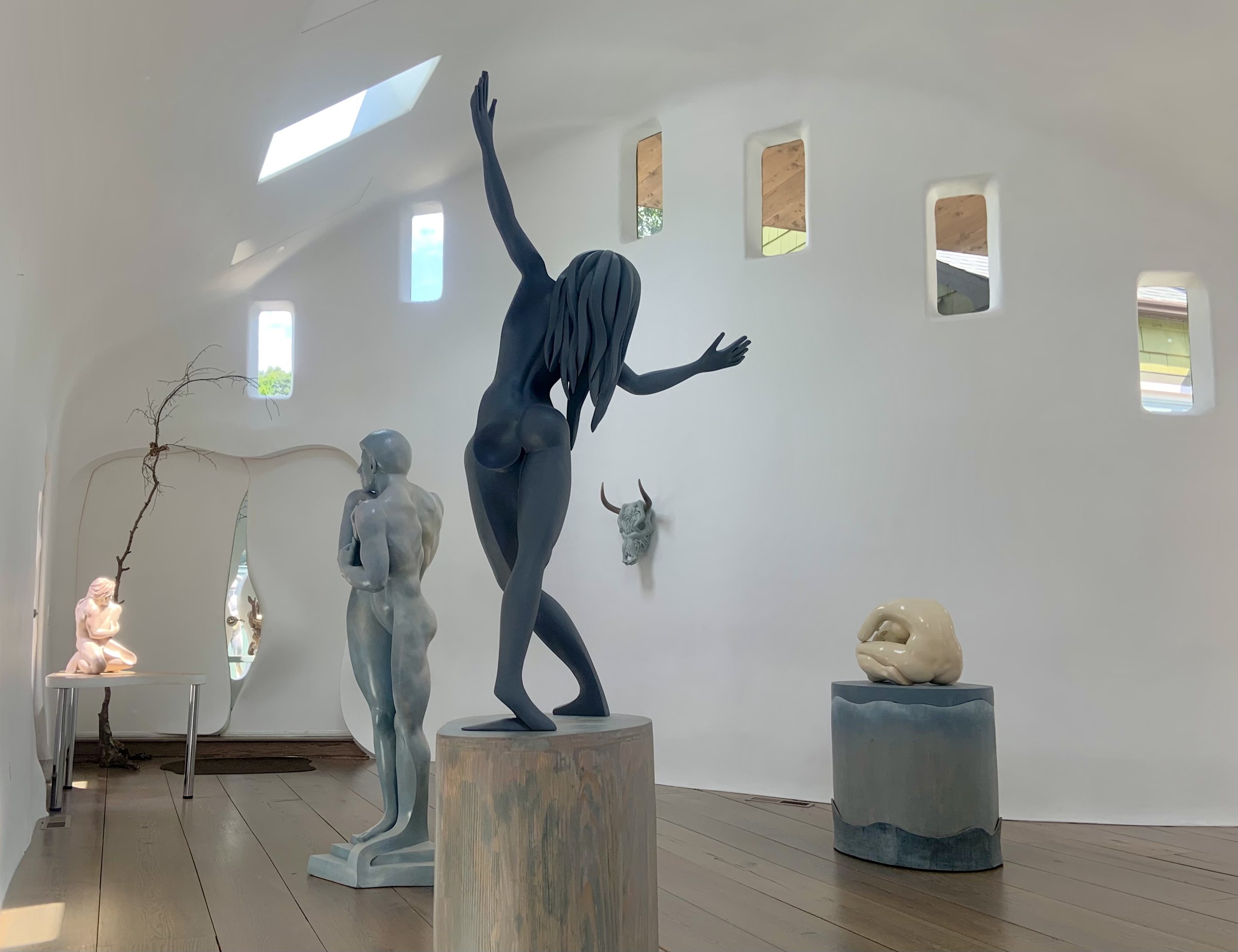



New Page
New Page

ATELIER MUSEUM MATTHIAS ALFEN
ATELIER MUSEUM MATTHIAS ALFEN
AMMA
Atelier Museum Matthias Alfen

Intro
"Alfen’s figures suggest the inevitability of insanity in a violent world. They are a major contribution to - a brilliant extension of - the “art of the scream”, as German Expressionism was called when it emerged at the troubled beginning of the twentieth century."
- Donald KUSPIT, Art Critic
Intro
"Alfen’s figures suggest the inevitability of insanity in a violent world. They are a major contribution to - a brilliant extension of - the “art of the scream”, as German Expressionism was called when it emerged at the troubled beginning of the twentieth century."
- Donald KUSPIT, Art Critic
Matthias Alfen (born in 1965 in Aschaffenburg, Germany) grew up in an artistic family. His grandfather was a painter and photographer, and when his father took over the family photography business, Matthias often accompanied him on shoots; looking through the lens of his father’s camera he became interested in the creative process. At the age of eighteen, his interest in sculpture led him to a two-year apprenticeship at the Master School for Stonemasonry in Aschaffenburg. After this, Alfen earned a Masters of Fine Arts in painting and sculpture from the Berlin Art Academy. While he was still a student, the Federal German Republic purchased one of Alfen’s works for their permanent collection. After graduating, Alfen became the artist-in-residence of the city of Soest where he won a commission to design a fountain for their main square. Upon being awarded a Krasner/Pollock grant Alfen moved to the United States. He has had a solo show at the Housatonic Museum of Art. The noted art critic Donald Kuspit has referred to Alfen’s work as “a major contribution to-a brilliant extension of ‘the art of the scream’”.
Matthias Alfen’s work often plays with the human understanding of time as space, freely moving from geometrical formalism to Giacometti's Surrealism and Boccioni's Futurism. He mixes his deep understanding of human anatomy and kinesiology with a surrealist’s taste for contradiction and overstatement in witty figures designed to both confuse and compel. Alfen’s surrealism is based in the human shape, manipulating scale and form in order to create shapes in space of disconcerting, sometimes primitive, power. With his sculptures, Alfen captures something that lies beyond the surface and the mere physical.





